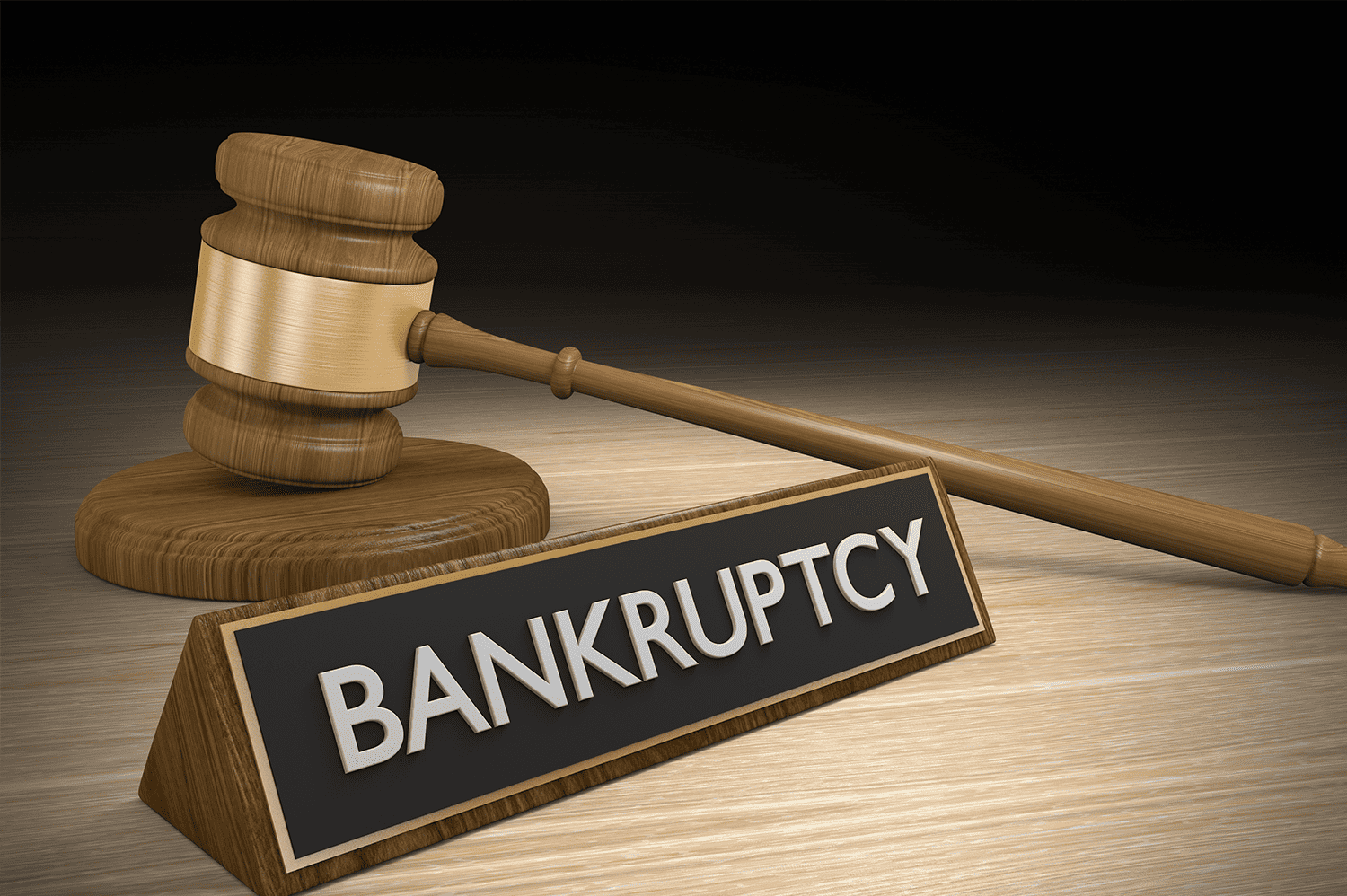What You Should and Should Not Liquidate When Filing for Bankruptcy
Navigating the waters of bankruptcy demands a thorough understanding and careful decision-making, especially regarding asset liquidation. Differentiating between non-exempt and exempt assets, understanding secured debts, and knowing your rights are essential to making informed choices. A helpful place to start is knowing what you can and cannot liquidate to ensure your financial stability post-bankruptcy.
Navigating Non-Exempt and Exempt Assets for Liquidation
Discerning between non-exempt and exempt assets is a fundamental element of Chapter 7 bankruptcy. This distinction dictates which possessions you may retain and which you must liquidate to repay creditors. A clear comprehension of these categories is essential for maintaining financial security after bankruptcy. Learn more about the specific types and values of assets that fall into these groups.
What Are Exempt From Liquidation?
In California, exemptions play a significant role in the bankruptcy process. There are two main tables used to determine exemptions. One table predominantly applies to homeowners with equity, while the other is more relevant to renters and homeowners lacking equity. The types and amounts of exemptions vary between these tables. Typically, the following assets are exempt in a California bankruptcy:
- Your primary vehicle and residence
- Everyday personal items and household goods
- Retirement accounts, pensions, and 401(k) plans
- Federal benefit programs and life insurance policies
- Social Security, unemployment compensation, and essential tools for small businesses
Before diving into bankruptcy or starting the liquidation of assets, it is important to investigate other paths. Prioritizing consultation with skilled attorneys is essential for obtaining extensive guidance and genuine solutions for debt relief. Attorneys can conduct a detailed examination of financial situations, aiding in making a well-informed decision regarding the most appropriate alternatives for economic recuperation and steadiness.
What Assets Are Non-Exempt for Liquidation?
Various factors impact the determination of non-exempt assets during the different types of bankruptcy. Generally, non-exempt assets are not essential for living or working. The bankruptcy trustee can liquidate these assets to repay creditors. Typical examples of non-exempt assets for a Chapter 7 bankruptcy in California include the following:
- Additional home or residential properties that are not the primary residence
- Investments excluded from retirement accounts
- Expensive vehicles not covered by bankruptcy exemptions
- High-end collectibles and luxury items
- Pricey clothing, jewelry, and other accessories
The classification of assets significantly impacts the bankruptcy process. When uncertain about the status of certain assets, you can consult with a knowledgeable bankruptcy attorney. Professional legal assistance can often help ensure the accurate classification of assets, potentially protecting more assets from liquidation. Understanding these classifications enhances financial security and confidence during the complex bankruptcy process, assisting individuals in embarking on a stable financial path post-bankruptcy.
Appling Exemptions in a Chapter 7 Bankruptcy
Understanding the application of exemptions is fundamental to protecting certain assets from liquidation. Initially, you must list all the property and assets you own. Following this step, legal professionals assist in identifying which assets are exempt under federal or state guidelines and which the court can require you to liquidate.
You will categorize your assets into four main groups. The first group is non-exempt property of value and includes assets unprotected by exemptions, which the trustee can sell to repay creditors. The second group is fully exempt property. These assets remain protected from liquidation, allowing you to retain ownership. The third group is partially exempt property and encompasses investments whose value exceeds exemption limits. These assets can undergo liquidation, but you receive the exempted amount.
The last group includes non-exempt property with little value. The trustee may not order the sale of these assets because they deem them unprofitable for debt repayment. Ensure effective communication with your attorney throughout this process.
Seeking the Help of a Bankruptcy Attorney
When filing bankruptcy, an attorney plays a vital role in guiding you through the process, ensuring the protection of your rights and assets. They can significantly mitigate the financial impact on your exempt or non-exempt assets. Specific tasks an attorney will perform include:
- Analysis of assets. They will comprehensively investigate your assets, distinguishing between exempt and non-exempt properties to ensure maximum retention.
- Applying for exemptions. They apply state or federal exemptions to protect your valuable assets from unnecessary liquidation.
- Negotiation with creditors. They negotiate to reduce the amount of debt or arrange manageable payment plans.
- Guidance on laws and regulations. They walk you through the web of bankruptcy laws to help you make informed decisions.
Your attorney will also represent you in court. They defend your rights and promote your interests, striving to attain your most favorable outcome.
Contact an Experienced Bankruptcy Attorney Today
The goal for filing bankruptcy is to emerge with financial stability. Knowledgeable legal guidance can make a substantial difference in safeguarding important assets. You can ensure you make the right decisions by contacting an experienced bankruptcy attorney so you do not navigate this complex process alone. Contact the Law Offices of Brent D. George today for professional advice and assistance, ensuring your path to financial recovery is straightforward and secure. Your future is worth it.
Disclaimer: This article is intended for informational purposes only and does not constitute legal advice. For personalized assistance, please contact our office at (805)494-8400.






